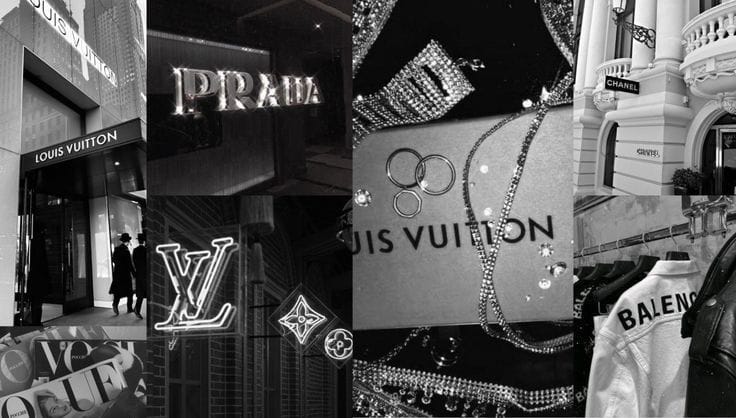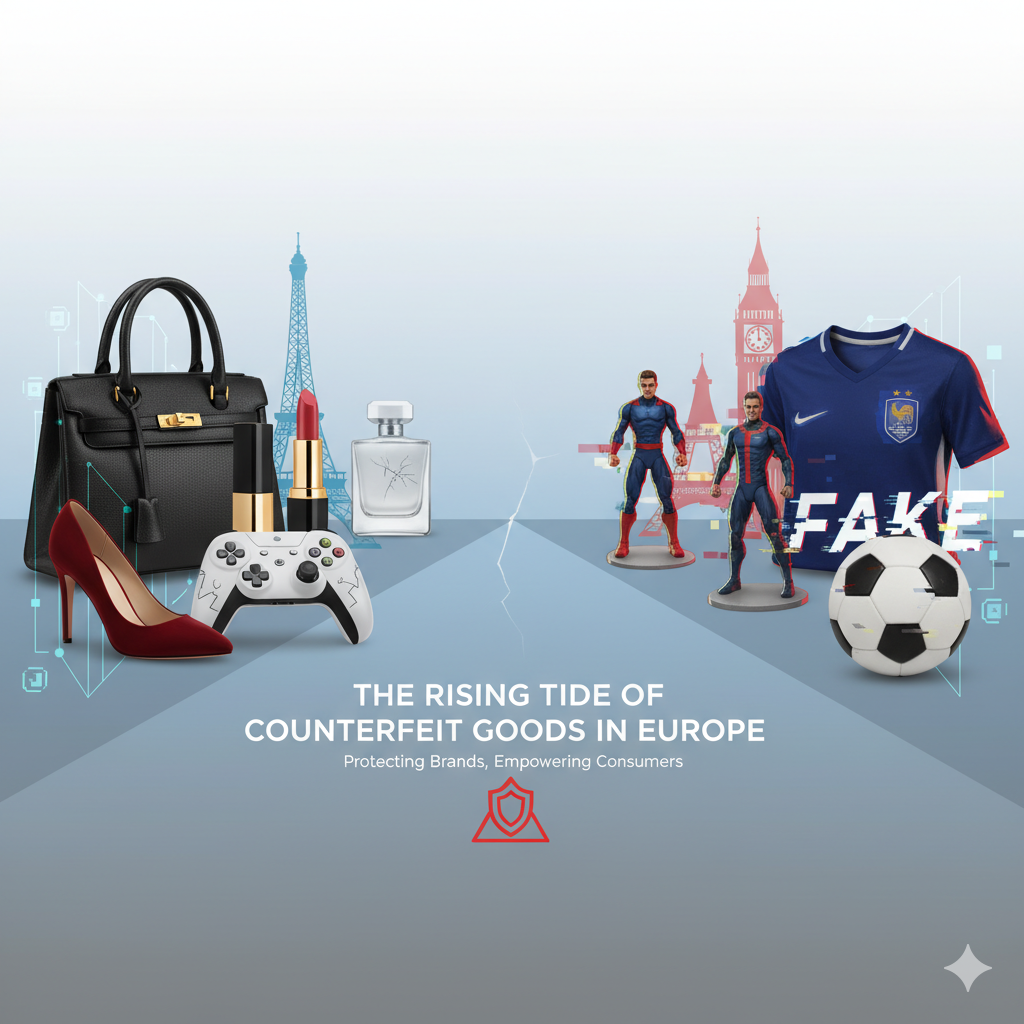Luxury brands worldwide are facing a major financial threat due to the Snob Effect. This phenomenon occurs when consumers lose interest in a product as it becomes more widely available. When counterfeit goods flood the market, genuine high-end buyers turn away, leading to a direct drop in sales. For luxury brands, this translates to billions in lost revenue.
In countries like Turkey, where economic fluctuations are significant, Millennials and Gen Z are financially constrained while being highly influenced by social media. These young consumers are exposed to aspirational luxury lifestyles daily but lack the purchasing power to afford genuine products. As a result, they turn to counterfeit alternatives. This shift not only changes consumer behavior but also results in massive annual revenue losses for luxury brands.
The biggest risk for brands is that when counterfeit products become widespread, original products lose their exclusivity, and sales decline. If high-end consumers perceive that a product is too common, they stop buying it. This creates a significant gap in the premium segment, which is the primary revenue driver for luxury brands. The more a product is counterfeited, the less demand there is for the original, leading to a direct financial downturn.
At Counterfake, we leverage AI-powered detection systems to help brands protect their revenue from counterfeiting. If counterfeits continue to spread, luxury brands will see an irreversible decline in sales, leading to a major contraction in the entire industry. The exclusivity of luxury products can only be maintained through controlled distribution and limited availability. If brands fail to manage the Snob Effect properly, the rise of counterfeit goods will fundamentally disrupt the luxury market.





